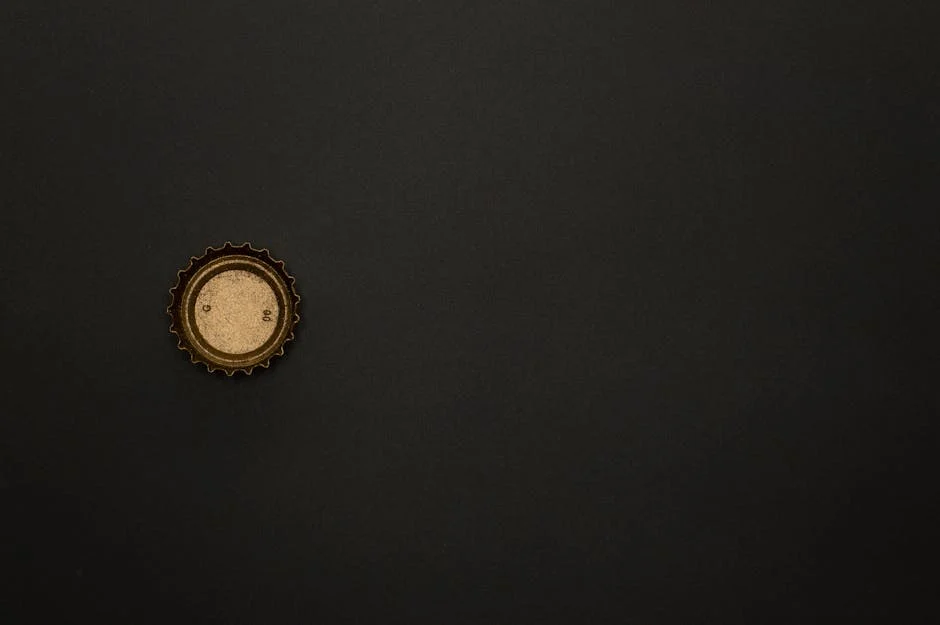Reimagining Industrial Scrap into Modern
Introduction
The world is increasingly aware of the importance of sustainability and resourcefulness. This has led to a fascinating trend: reimagining industrial scrap into modern, desirable objects. What was once destined for the landfill is now being transformed into art, furniture, building materials, and more. This process not only reduces waste but also adds unique character and history to the items we use every day. This article explores the innovative ways industrial scrap is being repurposed and the benefits of embracing this sustainable practice.
Reimagining Industrial Scrap: Key Areas
Creative Upcycling and Art
One of the most visually striking applications of industrial scrap is in art. Artists are using everything from discarded metal pipes to obsolete circuit boards to create stunning sculptures and installations. This type of upcycling:
- Reduces the amount of waste sent to landfills.
- Gives discarded materials a new lease on life.
- Adds a unique aesthetic to art pieces, often with an industrial or steampunk flair.
Examples include sculptures made from reclaimed car parts and mosaics crafted from broken tiles and glass.
Sustainable Furniture Design
Industrial scrap is also making its way into furniture design. Reclaimed wood, metal, and even concrete are being used to create stylish and sustainable pieces. Benefits of using industrial scrap in furniture include:
- Reduced demand for new raw materials.
- Unique and durable furniture designs.
- A rustic or industrial aesthetic that is highly sought after.
Consider tables made from reclaimed factory carts or chairs crafted from recycled metal drums.
Architectural Applications
The construction industry is also embracing the use of industrial scrap. Reclaimed bricks, steel beams, and even shipping containers are being used to create innovative and eco-friendly buildings. This approach offers several advantages:
- Lower construction costs.
- Reduced environmental impact.
- Unique and characterful building designs.
Examples include homes built from repurposed shipping containers and buildings using reclaimed wood for cladding.
Fashion and Accessories
Believe it or not, industrial scrap is even finding its way into the fashion industry. Designers are using recycled materials like seatbelts, rubber tires, and discarded metal to create unique clothing and accessories. The benefits of this practice include:
- Reducing waste in the fashion industry.
- Creating innovative and sustainable designs.
- Offering consumers eco-friendly and ethical choices.
Imagine handbags made from recycled seatbelts or jewelry crafted from repurposed electronic components.
Innovative Building Materials
Beyond just using existing components, industrial waste is being incorporated into new building materials. For example:
- Fly ash (a byproduct of coal combustion) is being used to create stronger, more durable concrete.
- Recycled plastic is being transformed into composite lumber for decking and fencing.
- Waste glass is being incorporated into tiles and countertops.
These innovations significantly reduce the environmental footprint of construction projects.
Conclusion
Reimagining industrial scrap into modern objects is more than just a trend; it’s a necessity for a sustainable future. By embracing creative upcycling and repurposing, we can reduce waste, conserve resources, and create unique and beautiful items. From art and furniture to architecture and fashion, the possibilities are endless. As consumers, we can support this movement by choosing products made from recycled materials and encouraging businesses to adopt sustainable practices. Let’s embrace the beauty and ingenuity of transforming industrial waste into something new and valuable.














Post Comment